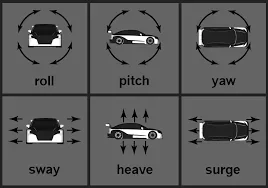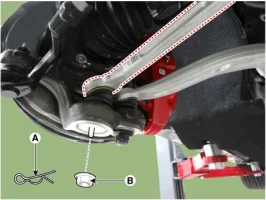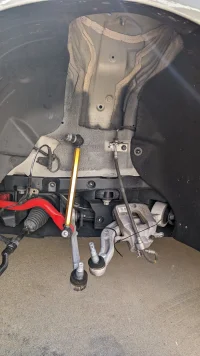Bepis_Corgo
Member
I have a 2018 GT1 Stinger, and I noticed a number driving experience. Almost like power steering is a bit off. Drives straight, keeps straight. 90 on highway, no issues. Turning causes some flex and is a bit harder than usual. Zero noise.
Eibach sways and coil springs on soft setting with Whiteline end links. Visually, seems fine. Could it be a snapped coil spring? I'm in the middle of a move so I can't just raise my car where I'm at.
Any advice or suspicions?
Eibach sways and coil springs on soft setting with Whiteline end links. Visually, seems fine. Could it be a snapped coil spring? I'm in the middle of a move so I can't just raise my car where I'm at.
Any advice or suspicions?







